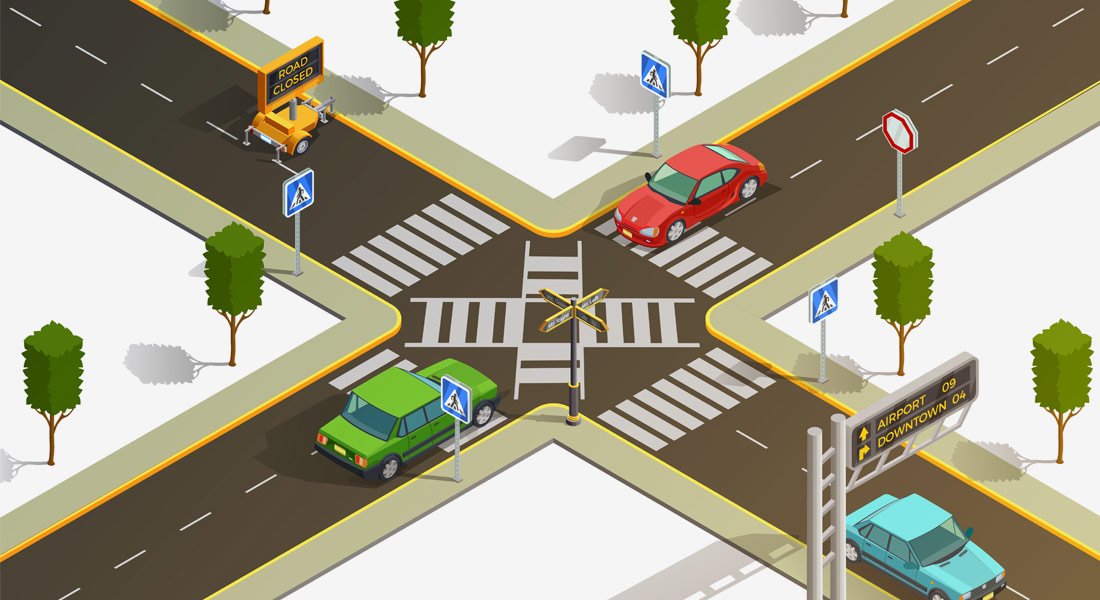Intersectionality
Julia Trattnig | 29 September 2021
The term and concept of intersectionality was coined by Kimberlé Crenshaw in 1989, referring to the concept of multiple discrimination.
Therefore, the metaphor of an intersection is used to understand this concept as it describes that different types of discrimination intersect with each other. This means that several types of discrimination are not only added, but they are in a reciprocal relationship in which they reinforce or change each other (Crenshaw, 1989).
“Gendered norms and misogyny intersect with other axes of oppression such as disability, class, religion or sexuality”
(D’Souza et al. 2018: 973).
Originally, this concept was developed to focus on the double oppression of black women. For this reason, the classical triad of the concept is race, class and gender, but in fact every category of inequality (e.g. sexuality, age, disability, nationality or religion) can be subsumed under it.
The question is: Who belongs because of which characteristics to oppressed social groups? Intersectional oppressions in hierarchical, unequal structures are visible on several levels, among others
- representation,
- construction of identity
- and social practices
(Hill Collins/Bilge, 2016).
Intersectionality addresses thus multiple discriminations or inequalities in the framework of power structures. In these power structures, some people belong to the in-group and others to the out-group and in everyday acts, these are “othered” by differentiating them (Bhabha, 1994). For this reason, inclusion is a key principle to fight discrimination.
The Gender Equality Strategy 2020-2025 of the European Commission (EC) aims at creating a European Union, where women and men, girls and boys, in all their diversity, are equal. For this reason, the strategy will be implemented using an intersectional approach that combines gender with other personal characteristics and identity traits. That means that diversity and intersectionality are key principles for the coming work of the EC (EC, 2020).
References
Bhabha, Homi K.: The Location of culture. London/New York: Routledge 1994.
Crenshaw, Kimberlé (1989): Demarginalizing the Intersection of Race and Sex: A Black Feminist Critique of Antidiscrimination Doctrine. in: The University of Chicago Legal Forum, 139-167.
D’Souza, Tanya/Griffin, Laura/Shackleton, Nicole/Walt, Danielle: “Harming Women with Words: the Failure of Australian Law to prohibit Gendered Hate Speech“. In: UNSW Law Journal. Vol. 41, No. 3, 2018. S. 939-976.
European Commission: A Union of Equality: Gender Equality Strategy 2020-2025. Brussels, 5.3.2020.
Hill Collins, Patricia/Bilge, Sirma: Intersectionality. Cambridge : Polity Press 2016.

